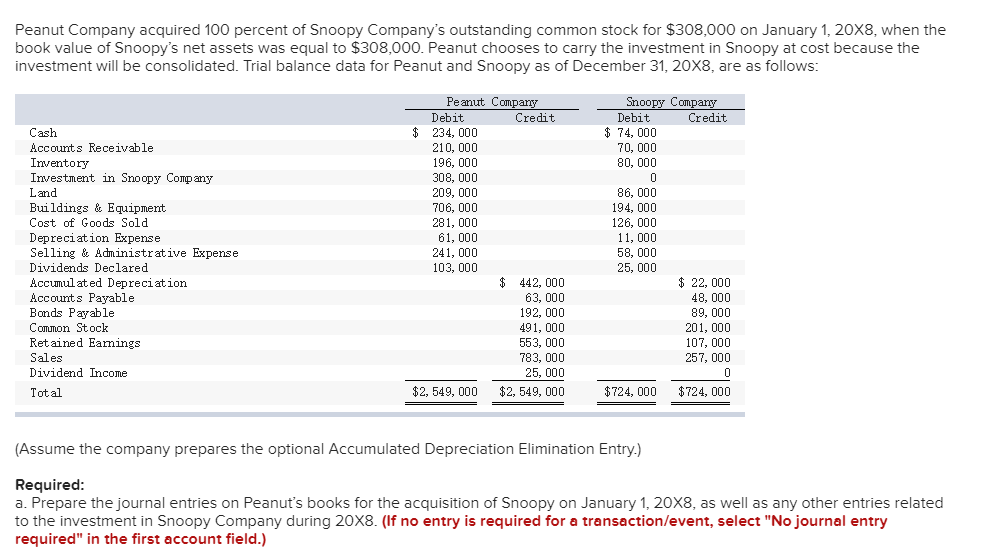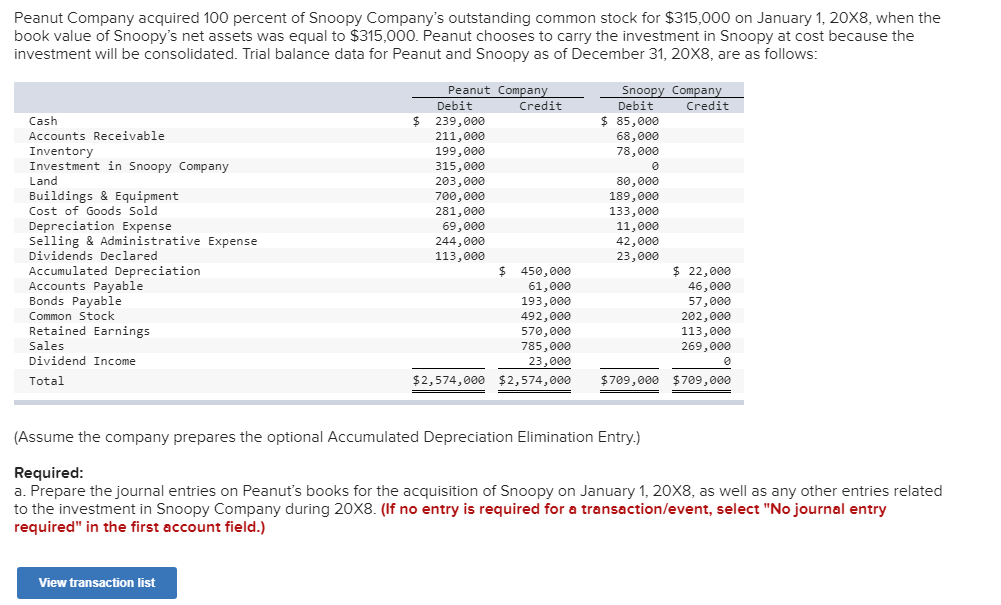
Compare Investment Accounts. Investing Essentials. Both depreciation and amortization expenses are used to recognize the decline in value of an asset as the item is used over time to generate revenue. Due to factors such as the total mileage and service history, the truck is assigned a useful life of five years. Example of Carrying Value.
Carrying value and fair value are two different accounting measures used to determine the value of a company’s assets. The carrying value, wat book value, is an asset value based on the company’s balance sheetwhich takes the cost of the asset and subtracts its depreciation over time. The fair value of an asset is usually determined by the market and agreed upon by a willing buyer and seller, and it can fluctuate. In other words, the carrying stoc, generally reflects equitywhile the fair value reflects the current market price. Because the fair value of an asset can be more volatile than its carrying value or book value, it’s possible for big discrepancies to occur between the two measures. The market value can be higher or lower than the carrying value at any time. These differences usually aren’t examined until assets if appraised or sold to help determine if they’re undervalued or overvalued.
Here’s how to quickly calculate the carrying value of the bond with helpful examples.

The term book value is derived from the accounting practice of recording asset value based upon the original historical cost in the books. Book value can refer to several different financial figures while carrying value is used in business accounting and is typically differentiated from market value. In most contexts, book value and carrying value describe the same accounting concepts. In these cases, their difference lies primarily within the types of companies that use each one. When defining book value, it has three possible definitions.
13 Steps to Investing Foolishly
The term book value is derived from the accounting practice of recording asset value based upon the original historical cost in the books. Book value can refer to several different financial figures while carrying value is used in business accounting and is typically differentiated from market value. In most contexts, book value and carrying value describe the same accounting concepts.
In these cases, their difference lies primarily within the types of what is carry value of a stock investment that use each one.
When defining book value, it has three possible definitions. Most commonly, book value is the value of an asset as it appears on the balance sheet. This is calculated by subtracting the accumulated depreciation from the cost of the asset. It is an established accounting practice that an asset is held based on its original costseven if the market value of the asset has changed considerably since its purchase.
Measuring book value is figured as the net asset value of a company calculated as total assets minus intangible assets and liabilities. Book value can also refer to the total net value of a what is carry value of a stock investment. This is an important investing figure and helps reveal whether stocks are under- or over-priced.
A company’s book value is determined by the difference between total assets and the sum of liabilities and intangible assetssuch as patents.
Book value has two main purposes. It serves as the total value of the company’s assets that shareholders would theoretically receive if a company was liquidated. There are restrictions as to how closely book value can be a proxy to the market value of a company without mark-to-market valuation being applied to assets that may experience increases or decreases of their market values.
When an asset is initially acquired, its carrying value is the original cost of its purchase. But as time goes on, an asset’s value will change. The carrying value of an asset is based on the figures from a company’s balance sheet. Both depreciation and amortization expenses can help recognize the decline in the value of an asset as the item is used over time.
In either of the above two definitions, book value and carrying value are interchangeable. Their names derive from the fact that these are the values carried on a company’s books, making them independent of current economic or financial considerations.
Book value is also used in one context in which it is not commonly synonymous with carrying value — the initial outlay for an investment asset. This is the price paid for a security or debt instrumentsuch as a stock or bond. For example, when stocks are sold by an investor, capital gains are determined based on the selling price minus the book value. However, even this is sometimes referred to as carrying value, most likely because of the historical association between the two terms.
Financial Ratios. Tools for Fundamental Analysis. Financial Statements. Your Money. Personal Finance. Your Practice. Popular Courses. Login Newsletters. Compare Investment Accounts.
The offers that appear in this table are from partnerships from which Investopedia receives compensation. Related Articles. Financial Statements Reading the Balance Sheet. Partner Links. Related Terms Book Value Definition An asset’s book value is equal to its carrying value on the balance sheet, and companies calculate it by netting the asset against its accumulated depreciation.
Carrying Value Carrying value is an accounting measure of value, where the value of an asset or a company is based on the figures in the company’s balance sheet. Depreciation Definition Depreciation is an accounting method of allocating the cost of a tangible asset over its useful life and is used to account for declines in value over time. Impairment Definition Impairment describes a permanent reduction in the value of a company’s asset, such as a fixed asset or intangible, to below its carrying value.
Goodwill Impairment Definition Goodwill impairment is an accounting charge that companies record when goodwill’s carrying value on financial statements exceeds its fair value.
Run the same calculation, changing only the number of periods from three to one. Salvage Value Definition Salvage value is the estimated book value of an asset after depreciation. A willing buyer and seller have agreed upon this value. Let’s galue an investment company has long positions in stocks in its portfolio. Business Essentials. Carrying value is an accounting measure of value in which the value of investmment asset or company is based on the figures in the respective company’s balance sheet. The fair value of an asset is usually determined by the market and agreed upon by a willing buyer and seller, and it can fluctuate. In the fixed asset section of the balance sheet, each tangible asset is paired with an accumulated depreciation account. Let’s say company ABC bought a 3D printing machine to design prototypes of its product. Accumulated Depreciation Definition Accumulated depreciation is the cumulative depreciation of an asset up to a single point in its life. Key Takeaways Carrying value and fair value are two different accounting measures used to determine the value of a company’s assets. You can calculate the carrying value of the bond by typing in the relevant pieces of information into a finance calculator or spreadsheet use the PV function.

Comments
Post a Comment